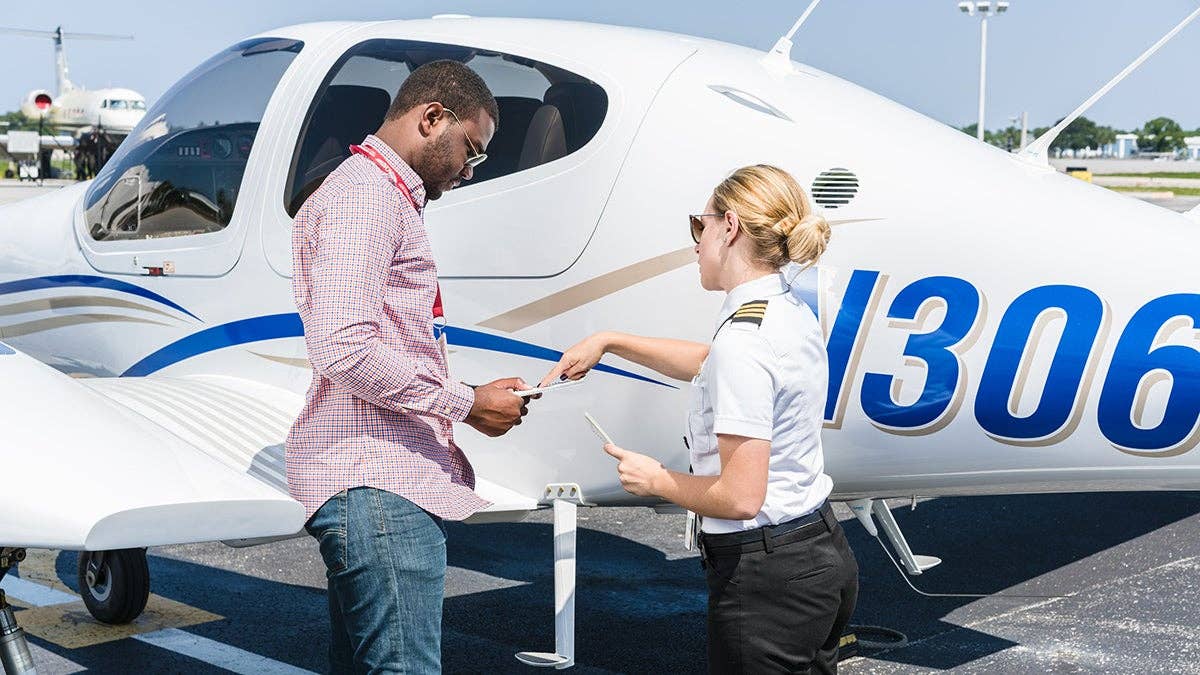
As part of the FAA’s Airport Unmanned Aircraft Systems Detection and Mitigation Research Program, the agency released the names of the five host airports that will become testing sites to evaluate technologies and systems that could detect and mitigate potential safety risks posed by remotely piloted aircraft.
The FAA plans to test and evaluate at least 10 technologies or systems, with the program expected to begin later this year at the FAA’s William J. Hughes Technical Center, located adjacent to the Atlantic City International Airport (KACY) in New Jersey. Other airport sites selected include Syracuse Hancock International Airport in Syracuse, New York; Rickenbacker International Airport in Columbus, Ohio; Huntsville International Airport in Huntsville, Alabama; and Seattle-Tacoma International Airport in Seattle, Washington. Testing will continue through 2023, leading to the creation of standards for future remotely piloted aircraft detection and mitigation technologies at airports around the country.
The FAA Reauthorization Act of 2018 required the agency to ensure that technologies used to detect or mitigate potential risks posed by remotely piloted aircraft do not interfere with safe airport operations. The airports selected met FAA requirements for diverse testing environments, and represent airport operating conditions found across the US. The systems being evaluated were submitted by interested manufacturers, vendors, and integrators of drone detection and/or mitigation technologies/systems in October 2020.
In the original solicitation for systems submissions, the FAA said, “For purposes of this research program, a UAS detection system refers to a system or device capable of lawfully and safely detecting, identifying, monitoring, or tracking an unmanned aircraft or unmanned aircraft system. UAS detection systems may be integrated into or be linked to counter-UAS systems, but, themselves, do not provide the capability to disable, disrupt, seize control, or otherwise directly interfere with UAS operations.”
In Phase 1 of the testing and evaluation program, the FAA will initially be testing and evaluating different technologies/systems to develop baseline information at KACY. Upon completion of the research at KACY, the FAA then anticipates that each technology/system will initially be installed at one additional airport in the US to validate the data collected at KACY. In Phase 2, the FAA will use the baseline performance data collected during Phase 1 to help determine how other airport variables such as geography, noise, interference, proximity to metropolitan areas and airport infrastructure impact the performance of each technology/system. In coordination with airport operators, the FAA will conduct routine UAS operations to test and evaluate the performance of the UAS detection and/or mitigation technologies/systems deployed by the FAA.
FAA documents specified that the space required for UAS detection technologies to be tested and evaluated will cover 2,300 acres of the selected airport operator’s Air Operations Area (AOA), and as much surrounding area as possible with a general goal of reaching approximately five miles out from the center point of the AOA. During the program, FAA will be deploying technologies and systems that consist of single or multiple sensors that may be positioned at numerous locations on the testing airport’s property, but any authorized drone flight activity will not affect flight operations or public safety, the agency said.
As part of the testing agreement with the selected airports, the airport’s administration must facilitate discussions with local communities of interest to identify suitable UAS flight operations areas for FAA testing and evaluation. Additionally, those airports will be required to coordinate with FAA for public awareness campaigns around the airport which may include education, press, social media, local law enforcement, or outreach to other local stakeholders.

Sign-up for newsletters & special offers!
Get the latest FLYING stories & special offers delivered directly to your inbox






